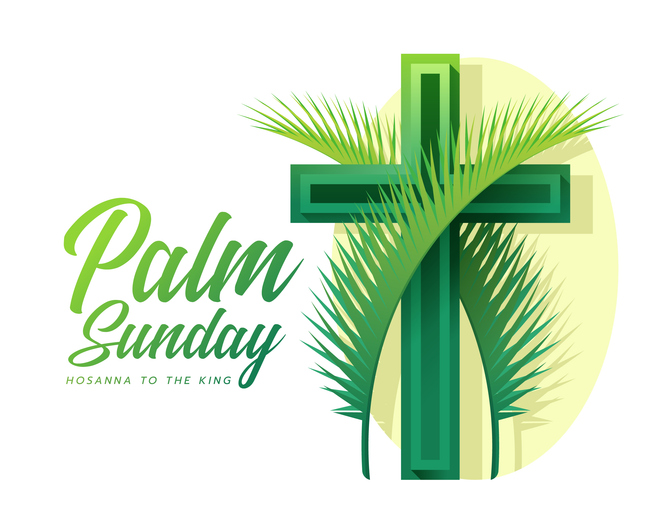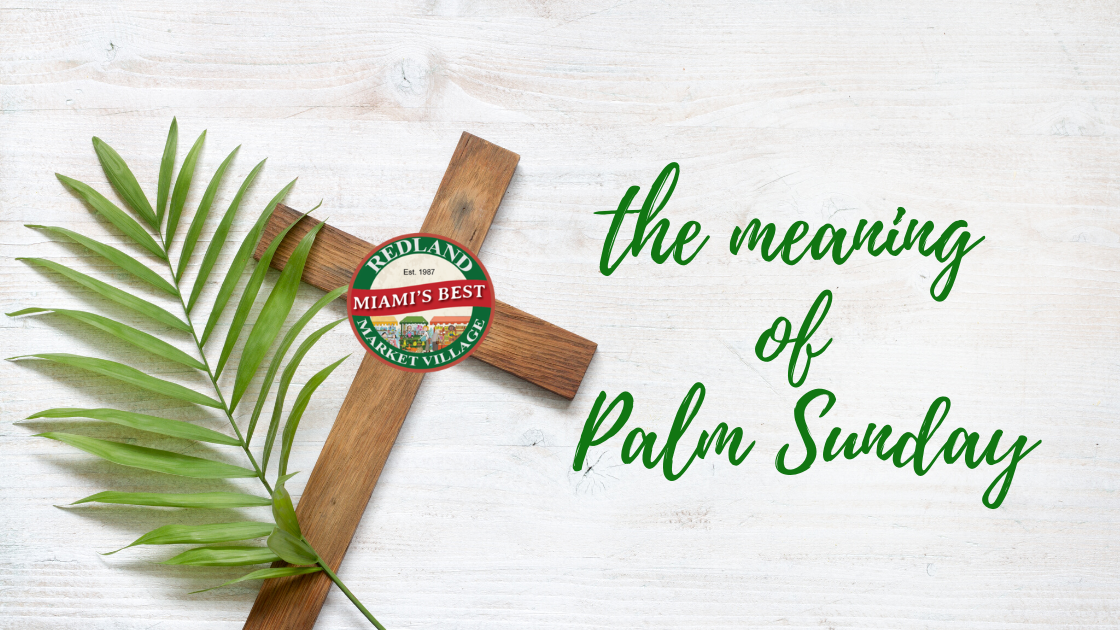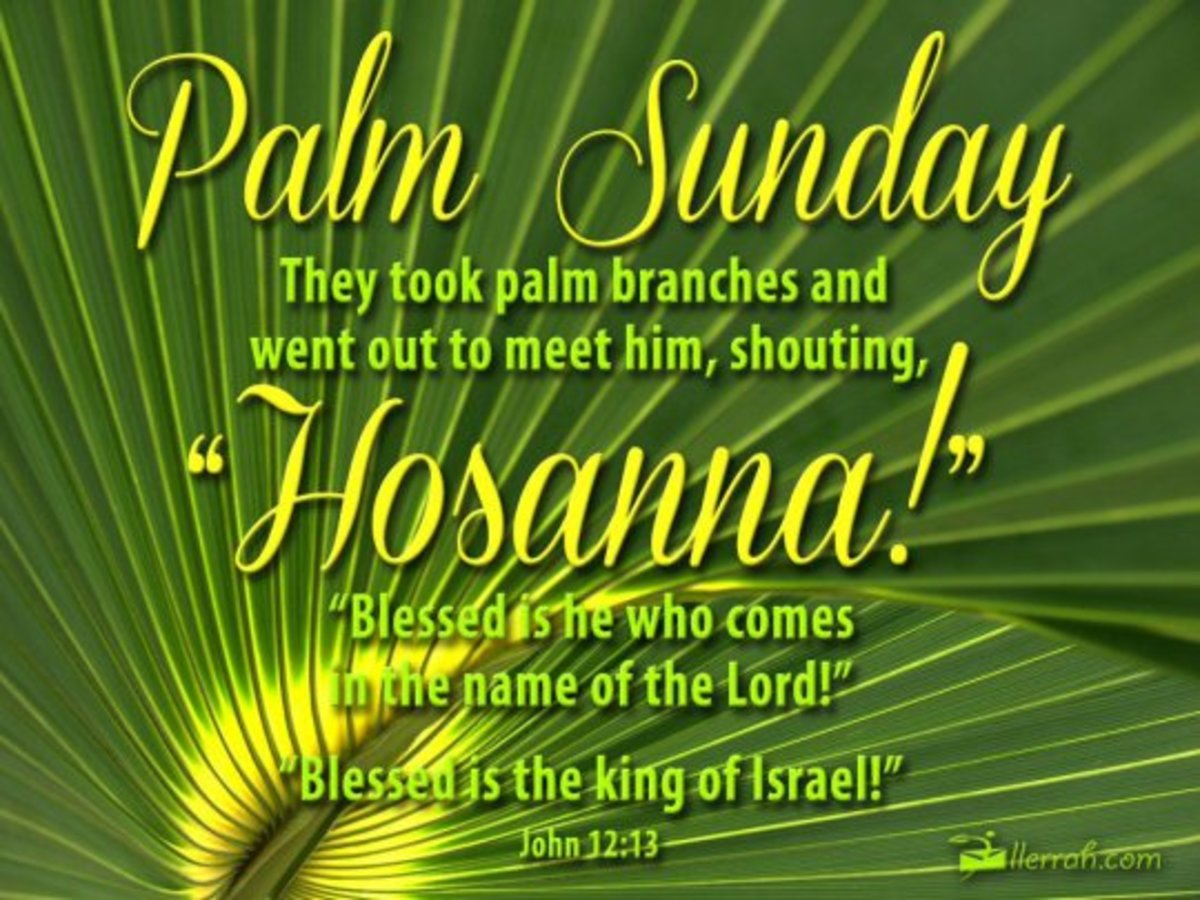Every year, Christians around the globe mark Palm Sunday as the start of Holy Week, but what exactly does this day mean? If you’ve ever wondered why palm branches are waved, why donkeys play a role, or how this ancient tradition connects to modern faith, you’re not alone. Palm Sunday isn’t just a religious event—it’s a powerful reminder of hope, humility, and sacrifice. So, grab your favorite drink and let’s dive into the heart of this sacred celebration.
For many people, Palm Sunday might feel like just another church service, but it’s so much more than that. It’s a day that celebrates the triumphal entry of Jesus into Jerusalem, a moment that sets the stage for the most pivotal events in Christian history. This day isn’t just about waving palm leaves; it’s about remembering the humility and love that Jesus embodied.
Whether you’re a lifelong Christian or someone curious about the roots of this tradition, understanding the meaning of Palm Sunday can deepen your appreciation for its significance. Let’s break it down together, exploring its history, symbolism, and why it matters in today’s world. Trust me, by the end of this article, you’ll have a whole new perspective on this special day.
Read also:Stephanie Mcmahon The Powerhouse Behind Wwes Success
What Is Palm Sunday All About?
Palm Sunday is the day that kicks off Holy Week, a week-long observance leading up to Easter. It commemorates the day Jesus entered Jerusalem, riding on a donkey, as crowds of people laid palm branches and their cloaks on the road before Him. The significance of this moment cannot be overstated—it’s a turning point in the biblical narrative. This event isn’t just a random occurrence; it’s a fulfillment of prophecy and a powerful symbol of Jesus’ mission.
But why palm branches? Well, in ancient times, palm branches were symbols of victory, peace, and triumph. When the people of Jerusalem waved them, they were essentially declaring Jesus as their king. It’s like a modern-day ticker-tape parade, but with a whole lot more spiritual meaning. This event also highlights Jesus’ humility, as He chose to enter the city on a humble donkey rather than a majestic horse.
Why Do We Celebrate Palm Sunday?
Celebrating Palm Sunday isn’t just about remembering history; it’s about connecting with the heart of the Christian faith. On this day, churches around the world reenact the triumphal entry by distributing palm branches to the congregation. These palms are often blessed and later used in processions or kept as a reminder of the day’s significance.
For believers, Palm Sunday serves as a bridge between the joy of Jesus’ arrival and the somberness of His Passion. It’s a reminder that true triumph often comes through suffering and sacrifice. This paradox is at the core of the Christian message, and Palm Sunday helps us reflect on that truth.
The Symbolism Behind Palm Sunday
Every element of Palm Sunday carries deep symbolism. The palm branches, the donkey, and even the crowd’s cries of “Hosanna” all point to larger truths about Jesus’ identity and mission. Let’s break it down:
Read also:Grand Rapids Marketplace Your Ultimate Guide To Shopping And Business
- Palm Branches: As mentioned earlier, palms symbolize victory and peace. By laying them down, the people of Jerusalem were recognizing Jesus as their long-awaited Messiah.
- The Donkey: Jesus’ choice to ride a donkey instead of a powerful steed highlights His humility. It’s a fulfillment of Zechariah 9:9, where the prophet foretold that the Messiah would come riding on a colt.
- Hosanna: This Hebrew word means “save us” or “save now.” When the crowd shouted “Hosanna,” they were expressing their belief that Jesus was the one who would deliver them from oppression.
These symbols remind us that true power comes not from domination, but from service and love. Palm Sunday is a call to embrace humility and trust in God’s plan, even when it doesn’t make sense to us.
How Is Palm Sunday Celebrated Today?
Modern celebrations of Palm Sunday vary depending on cultural and denominational traditions, but there are some common practices:
- Processions: Many churches begin the service with a procession, where members carry palm branches and reenact Jesus’ entry into Jerusalem.
- Waving Palms: Congregants often wave palm branches during the service, symbolizing their faith and worship.
- Reading the Passion: After the celebration, many churches transition into a solemn reading of the Passion narrative, reminding worshippers of the events leading to Jesus’ crucifixion.
These practices help connect the joy of Palm Sunday with the gravity of Good Friday, creating a powerful emotional and spiritual experience.
Historical Context of Palm Sunday
To fully appreciate the meaning of Palm Sunday, it’s important to understand its historical context. At the time of Jesus’ triumphal entry, Jerusalem was a city under Roman occupation. The people were longing for a deliverer, someone who would free them from oppression. When Jesus arrived, riding on a donkey and surrounded by cheering crowds, it was a powerful statement.
However, the mood quickly shifted. Just a few days later, the same people who had hailed Jesus as king would be calling for His crucifixion. This stark contrast highlights the complexity of human faith and the challenges of following Jesus in a broken world.
What Can We Learn from This Historical Moment?
The events of Palm Sunday teach us several important lessons:
- True Leadership Is Humble: Jesus didn’t come to conquer with force; He came to serve and give His life for others.
- Faith Is Fragile: The shift in public opinion reminds us that following Jesus requires commitment, not just momentary enthusiasm.
- God’s Plans Are Different: The world often expects power and glory, but God’s ways are different. Palm Sunday shows us that true victory comes through love and sacrifice.
These lessons are as relevant today as they were 2,000 years ago. They challenge us to examine our own faith and commitment to Christ.
Common Misconceptions About Palm Sunday
Despite its widespread celebration, there are some common misconceptions about Palm Sunday. For example, some people think it’s only about waving palms and having a fun church service. Others might believe that the day is solely about celebrating Jesus’ kingship, without recognizing the deeper significance of His humility and sacrifice.
It’s also worth noting that Palm Sunday isn’t just a Christian event; it has cultural and historical implications that extend beyond the church. Understanding these nuances can enrich our appreciation for the day and its meaning.
Why Is It Called Palm Sunday?
The name “Palm Sunday” comes from the palm branches that were laid before Jesus as He entered Jerusalem. In ancient times, palms were a symbol of triumph and victory, making them a fitting choice for this occasion. However, the name itself is relatively modern; early Christians simply referred to the day as the “Entry into Jerusalem” or the “Triumphal Entry.”
Interestingly, in some cultures, other plants are used instead of palms. For example, in parts of Eastern Europe, people use willow branches. This shows that the essence of the celebration isn’t tied to a specific plant, but to the deeper meaning behind the event.
Connecting Palm Sunday to Modern Life
So, how does Palm Sunday apply to our lives today? In a world that often values power, success, and material wealth, the message of Palm Sunday offers a much-needed counterpoint. It reminds us that true strength comes from humility, and that true victory is found in service to others.
Think about it: in our daily lives, we’re constantly bombarded with messages telling us to seek power, climb the corporate ladder, and achieve success at all costs. But Palm Sunday challenges us to rethink those priorities. It calls us to embrace humility, to serve others, and to trust in God’s plan, even when it doesn’t align with our expectations.
Ways to Embrace the Spirit of Palm Sunday
Here are a few practical ways to incorporate the lessons of Palm Sunday into your everyday life:
- Practice Humility: Look for opportunities to serve others without seeking recognition or reward.
- Reflect on Sacrifice: Consider how you can make sacrifices for the good of others, whether it’s giving up your time, resources, or comfort.
- Trust in God’s Plan: When life doesn’t go as expected, remind yourself that God’s ways are often different from ours, but they are always good.
These practices can help us live out the spirit of Palm Sunday, not just on one day a year, but every day of our lives.
Conclusion: Embracing the Heart of Palm Sunday
In conclusion, Palm Sunday is more than just a religious holiday; it’s a powerful reminder of hope, humility, and sacrifice. By understanding its history, symbolism, and modern relevance, we can deepen our appreciation for this sacred day. Whether you’re waving palm branches in church or simply reflecting on its meaning, Palm Sunday offers a chance to reconnect with the core of the Christian faith.
So, what’s next? I encourage you to take a moment to reflect on the lessons of Palm Sunday and how they apply to your life. Share your thoughts in the comments below, or consider sharing this article with someone who might benefit from it. Together, let’s embrace the spirit of Palm Sunday and live it out in everything we do. After all, that’s what it’s all about.
Table of Contents


